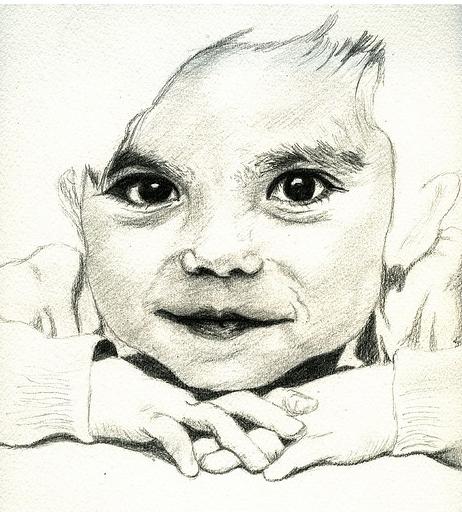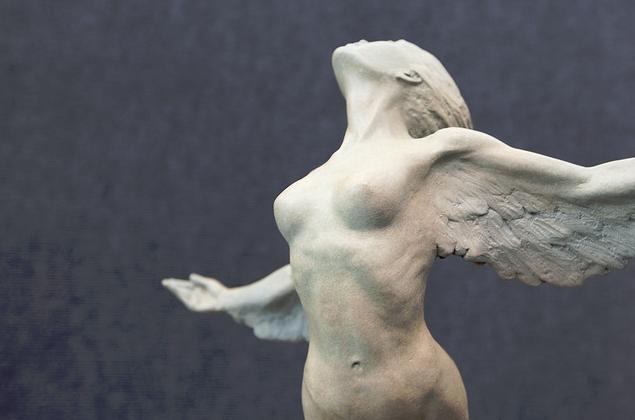One of the things I love about Kai Chi Do is how open my breathing feels for days after a session. It feels like I have more room to breathe. Like I’ve expanded.
So I was really pleased when one of our regular participants in Kai Chi Do told me he quit smoking – He said to me, “I just couldn’t keep doing this process, feeling great, and then light up a cigarette.”
I’ve never been a smoker, but I’ve coached many people who’ve quit, so here’s a few tips for support:
1. Find your reason for quitting. Don’t just wait for the reason to dawn on you; Go looking for it. What makes you want to quit? Sometimes it helps to make a list – what you like about smoking, what you don’t like about it, and what you might like about being smoke free. Uncover your own personal reasons to quit. The reasons don’t have to be about your health. One of my favorites was a guy who told me he was quitting because he didn’t like the idea of cigarettes having control over him. Or a woman who told me she quit because smoking causes wrinkles.
2. Find your urgency. Why now? Why do you want to quit NOW? Why do you NEED to quit now? How important is it to you? How much does smoking contradict the goals you have for yourself? How much does smoking contradict the person that you want to be?
3. Find your strength – If you’ve quit before, how did you do it? What helped? What led up to you starting again? You can use information about your past relapses to identify your vulnerabilities and proactively plan some strategies to cope with them.
4. Ruin it for yourself. You want to get to the point where you just can’t enjoy a cigarette anymore because any pleasure you used to get out of it is outweighed by the desire to quit.
5. Plan a reward. The cost of cigarettes is a great reason to quit. Think up a great way to spend the money you save in your first month of quitting.
6. Plan stress busters. Many, many, many people smoke when they feel stressed. It’s the most common reason I hear for relapse in people who’ve quit. Smoking suppresses feelings. Logic says that smoking is not going to help fix your problem, but smoking has helped you avoid and stuff your feelings before, and when you’re just looking for some quick relief, that’s the time you’re most likely to pick it up again. You need to plan for this in advance. Some great healthy stress busters are: Exercise (Kai Chi Do!), 10 connected breaths, 2 minutes of Chi circles with SA breaths, listen to music, watch a movie, take a hot bath, sing out loud. Anything that will reduce your level of frustration and clear your head.
7. Stay busy. Boredom is the other end of the stress continuum – and just as risky. Get a hobby, start a project, get a job, volunteer, but get busy.
8. Sit through the storm, as Charles would say. This means you listen to your feelings without acting on them. You pay attention to how you’re feeling, in fact you heighten your awareness of your feelings. You recognize and acknowledge them, but you don’t act them out. You don’t kick the dog. You don’t yell at your husband. You don’t reach for a cigarette – or a Twinkie. You sit with your feelngs. You notice them. You wait. You quiet yourself. And the feelings pass.
9. Put a fence around it. Set up some new rules to further restrict your smoking. Rules like: no smoking in front of the grandkids, no smoking in the house, no smoking in the car.
10. Get a buddy. Ask someone to quit with you. It will get your competitive juices flowing. Caution about this though: If your buddy starts smoking again that doesn’t mean the game is off and you can smoke now too.
11. Delay. Make a decision to wait longer and longer intervals between smokes. If you’re smoking every 3 hours, make a decision to wait 4 hours today, 5 hour tomorrow. Keep training yourself to wait longer – It will build your confidence that you don’t NEED it.
12. Change your routine. If you usually smoke after meals, make the decision to give up meal time smokes and only smoke at some other time of day.
13. Ration and reduce. Count out a supply of cigarettes for yourself each day. Gradually reduce the number of cigarettes you allow yourself each day. Smoke only half of each cigarette.
14. Stop buying them.
15. Set a date. Make a commitment. Tell somebody about it.
16. Quit again. If you fall off the smoke-free wagon, quit again – immediately. Don’t let one cigarette be your excuse to smoke another. Look at the relapse as a lesson in what not to do – and plan a strategy to overcome whatever suckered you into it again.
17. Know that the craving will fade in time. Revisit your reasons for quitting often. They’ll help keep you motivated.
18. Breathe. Do Kai Chi Do or breathwork or pranayama to breathe more deeply and to put your attention on your breath. Healthy, open, easy breathing. Life energy in, then relax. SA, then Aaahhh. You’ll get inspired!
 I was talking to a friend today, who works as a Montessori teacher. She’s not familiar with Kai Chi Do so I was explaining that Kai Chi Do builds our feeling of connection. And she said, I just have to tell you:
I was talking to a friend today, who works as a Montessori teacher. She’s not familiar with Kai Chi Do so I was explaining that Kai Chi Do builds our feeling of connection. And she said, I just have to tell you:

